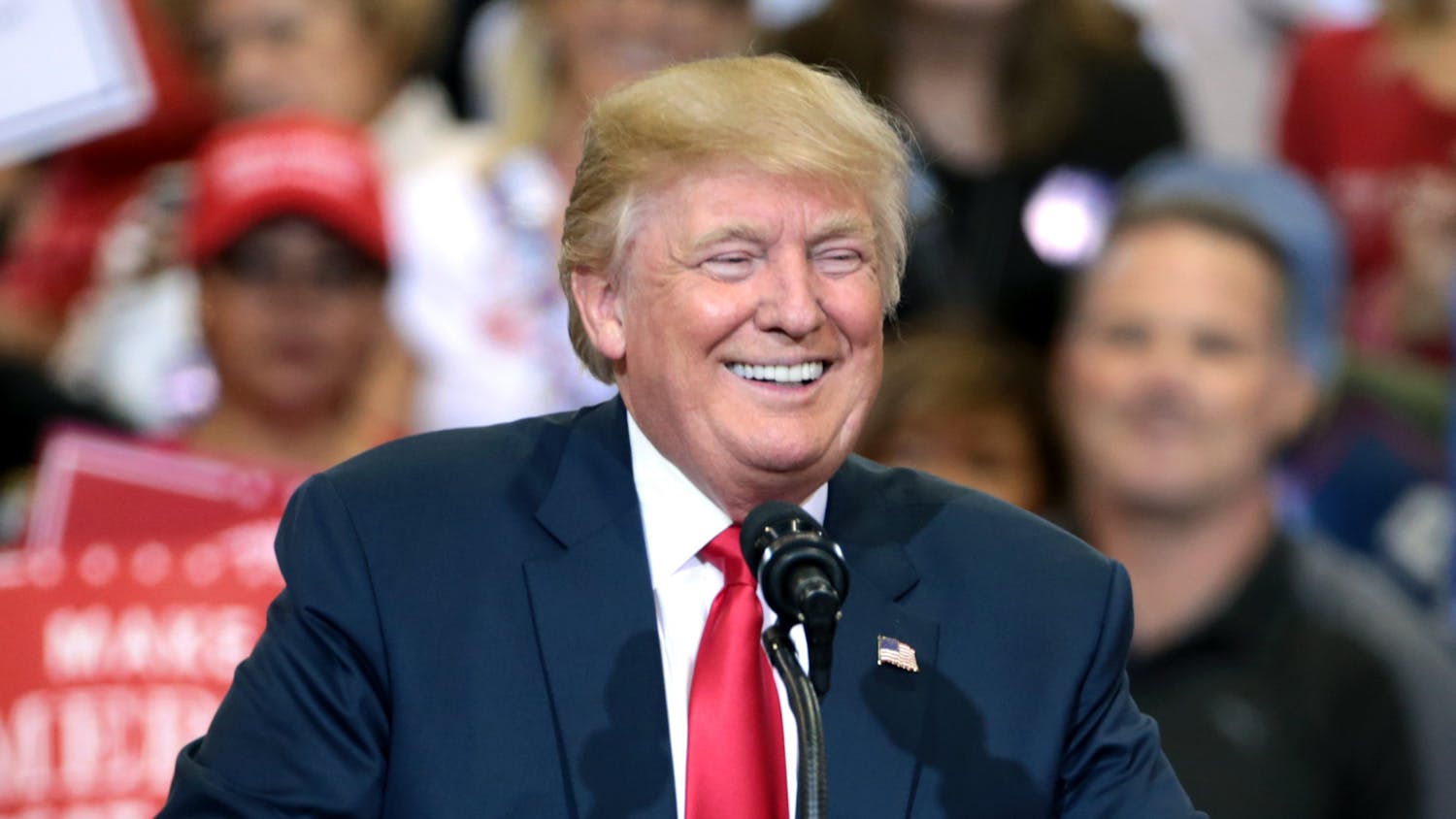By Jesse Stiller
Correspondent
Fake news — it’s a term that’s been hurled time and time again against the media for the last three years. A report from the Media Research Center revealed that 92 percent of President Donald Trump’s media coverage in 2018 was slanted in a negative light. This has only added to the debate on what constitutes as fake news and what exactly can be seen as fair or credible reporting.
But there’s an explanation for the fake news epidemic in this country — it is mainly caused by sensationalism and the practice of writing an article for it to go viral in exchange for high monetary rewards.It can be seen in this year’s two major media screw-ups.
First there was the Covington Catholic Boys uproar that caused the doxing and harassment of the students filmed in the video, which captured them protesting next to Native Americans in Washington D.C. CNN broke the story and jumped to the conclusion that these students were harassing a Native American protester. CNN solely based this information on one video with no thorough investigation or interviews. It wasn’t until after subsequent news outlets began to find falsehoods that CNN thoroughly investigated the case and retracted its initial story.
The second and most recent media fiasco is surrounding Jussie Smollett. Smollett was reportedly assaulted, publicly lynched and had chemicals thrown in his face outside of a Chicago Subway store at two in the morning.
This was first reported by TMZ before being relayed by multiple cable outlets without verifying important details of Smollett’s report from the Chicago Police Department. Smollett’s claims later turned out to be false. It is appropriate for reporters to sit down with each other to ask a very important question — is it time to reevaluate the way we do journalism?
My answer, as a student of journalism myself, is yes. Reporters are supposed to report the truth and nothing but the truth to the best of their abilities. Most of them have not done that, and they’ve seen themselves in the same situation over and over again.
These recent fiascos remind me of two particular incidents that occurred more than 15 years ago.
Stephen Glass, a prestigious writer at The New Republic in 1998, published a number of articles with seemingly precise accuracy. It wasn’t until Forbes’s Adam Penenberg pointed out contradictions in his work that the publication discovered that almost all of his articles were partially or completely fabricated.
Jayson Blair was a rising star at The New York Times. As young reporter, he was well on his way to becoming an editor. It wasn’t until a reporter at the San Antonio Tribune pointed out plagiarism and falsehoods in his story that his career began to fall apart.
The editors and fact checkers at the Times let it slide and didn’t do their jobs, all in the name of sensationalism. This is the worst possible weapon journalists can use against their own work. It destroys the credibility of not just that article, but that reporter’s trustworthiness and the publication at large.
It is well past time for those of us in journalism to take a long look at ourselves and realize the gaping faults that have emerged over time. We have to go back to the basics of fact-checking, interviewing and verifying and, most importantly, we have to be committed to telling the truth.
Students share opinions around campus
"Does the media need to do a better job at remaining factual?"

"Yes it does, but no matter what the media sways both sides."








